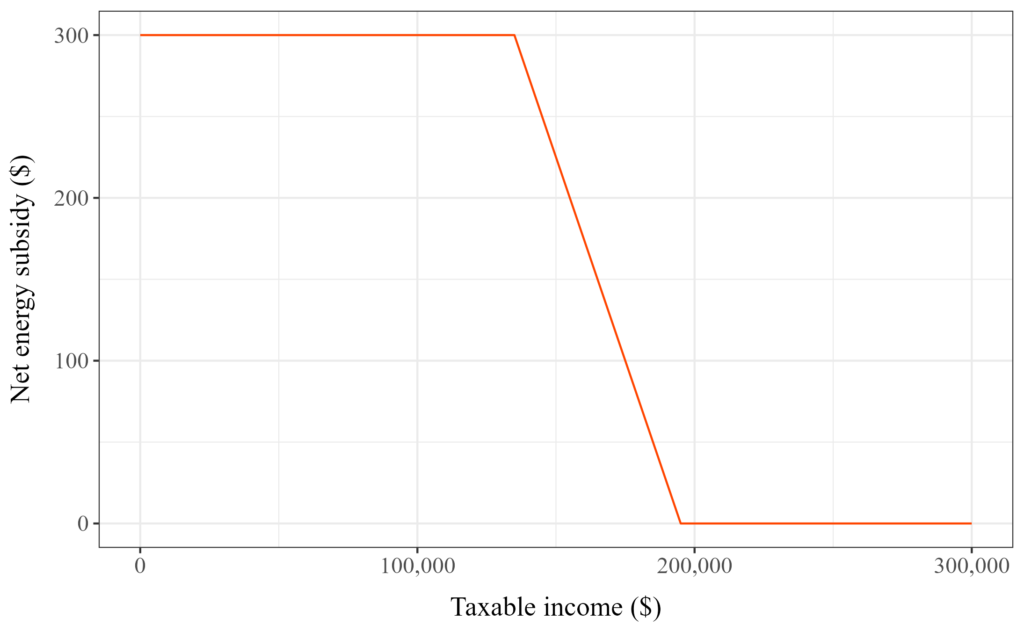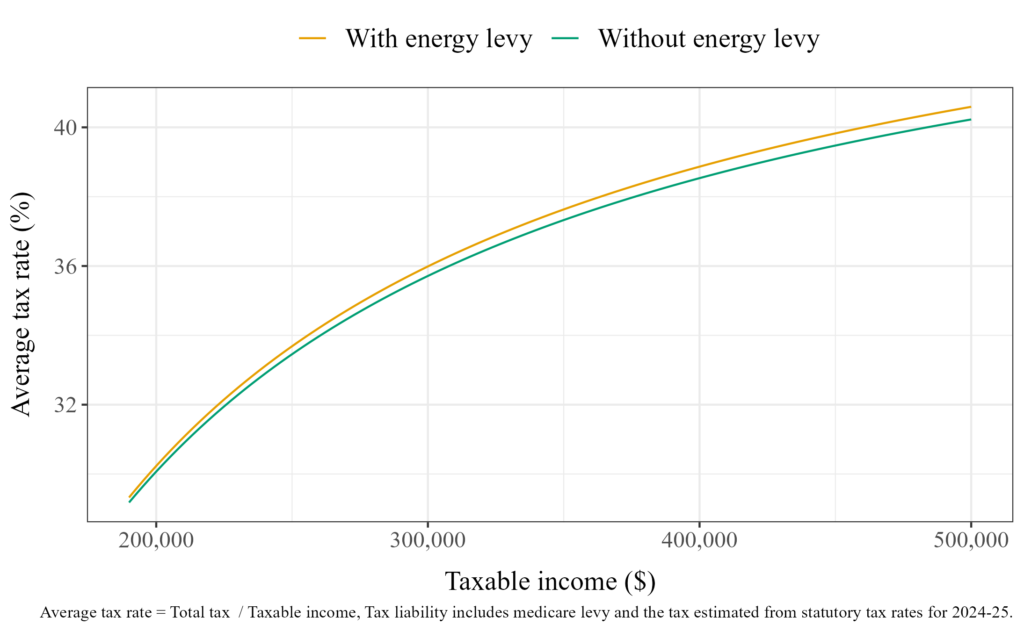The tax-transfer tango
We ought to think of the tango when we think of social welfare. In a well-crafted social welfare system, taxes and public transfers tango with grace and precision, maintaining harmony between equity and efficiency. It takes two to tango, when one partner steps backwards the other steps forwards in sync. A new transfer without its tax counterpart is like pushing someone solo onto the dance floor.
Cue the current proposal that gives every Tom, Omar, and Gina $300 (and over depending on how many bills you get) in energy bill credits, regardless of their income. The government says a universal discount is the “simplest” way, and it could not have been means tested.
To the government’s credit, a universal roll out brings much needed relief quickly. There is no denying that there are hurdles to restricting the discounts below a certain income. There are costs and data sharing hurdles as the government rightly puts. But there is no need for the energy relief to dance solo when it can gracefully tango with tax.
What can be done when a transfer can only be universal?
There is nothing wrong with a universal subsidy if it is complemented by a highly progressive tax. There is an established an optimally negative relationship between transfers and income tax progressivity (see Ferriere et al 2023[1] who shows this for a general tax and transfer system). In Australia’s context, Chung Tran and I recently showed (Tran and Zakariyya 2023[2]) that if income tax becomes less progressive, age pension needs to be highly targeted towards low incomes. On the other hand, if pensions were to become universal, it needs to be financed with more progressive income tax in order to maintain the balance between equity and efficiency.
This last conclusion is of relevance when it comes to the universal energy relief. There is scope to make it more equitable and efficient (in terms of reducing wasteful expenditure) if it were to be paired with a progressive energy relief levy. I am not an expert in tax design, and I do not have the time or the money. And importantly I do not want to bore you. But I can show one small example of how such a levy could work.
An energy levy of 0.5% on additional income above $135,000
Temporary levies have always been a part of the Australian tax system. The temporary budget repair levy of 2014-15 that levied two percent for each additional dollar over $180,000 is the most recent example. Let us consider a smaller levy of 0.5%, but imposed at a lower threshold of $135,000. There is no academic reason for this threshold. Just a rudimentary value judgement that an individual with that amount of income probably does not require the full subsidy.


Such a levy in effect introduces a taper rate for the energy subsidy, making it means-tested by proxy. As shown in Figure 1, if the levy is 0.5%, the “net” subsidy will be completely phased out by $195,000 (slightly above the current top threshold for income tax). Importantly, at a meagre rate of 0.5% the levy would only increase the tax burdens at the top by a few percentage points (Figure 2).
It is not my intention to provide a full costing and revenue breakdown for the subsidy and levy combo. But it is not a stretch to posit that a significant portion of the costs of the energy subsidy could be recouped by such a levy. For instance, applying the 0.5% energy relief levy on the ALife 2020 sample (the most recent available) yields a total revenue of around $66 million – and that is only a 10% sample of tax filers.
“The simplest way”
There is scope to design an even better and more targeted levy that recovers the full cost of the energy relief subsidy. The Australian Tax Office and the Treasury both have the skills and capacity to access and use high quality income and demographic data to design an effective levy (even if energy retailers do not have the same). What I have proposed in this note is just a simple example (you can call it the “simplest way”) to highlight an important point – a universal subsidy can (and perhaps should) be accompanied by a progressive levy that remedies any concern about equity.
[1] Ferriere, Axelle, et al. “On the optimal design of transfers and income tax progressivity.” Journal of Political Economy Macroeconomics 1.2 (2023): 276-333.
[2] Tran, Chung and Zakariyya, Nabeeh “Progressive pension and optimal tax progressivity” (Working paper).